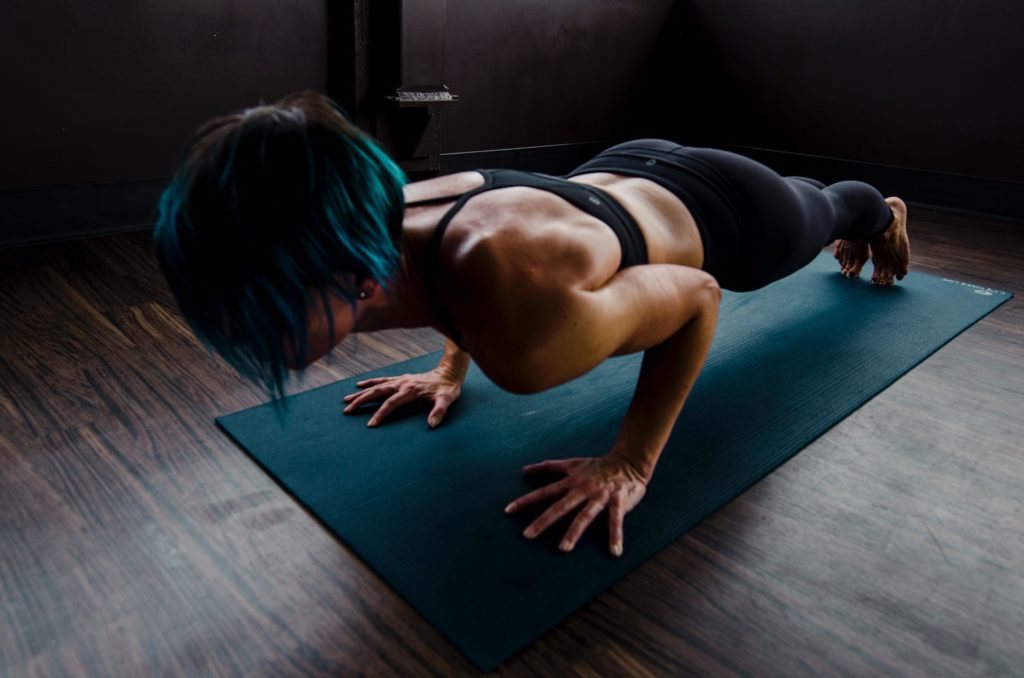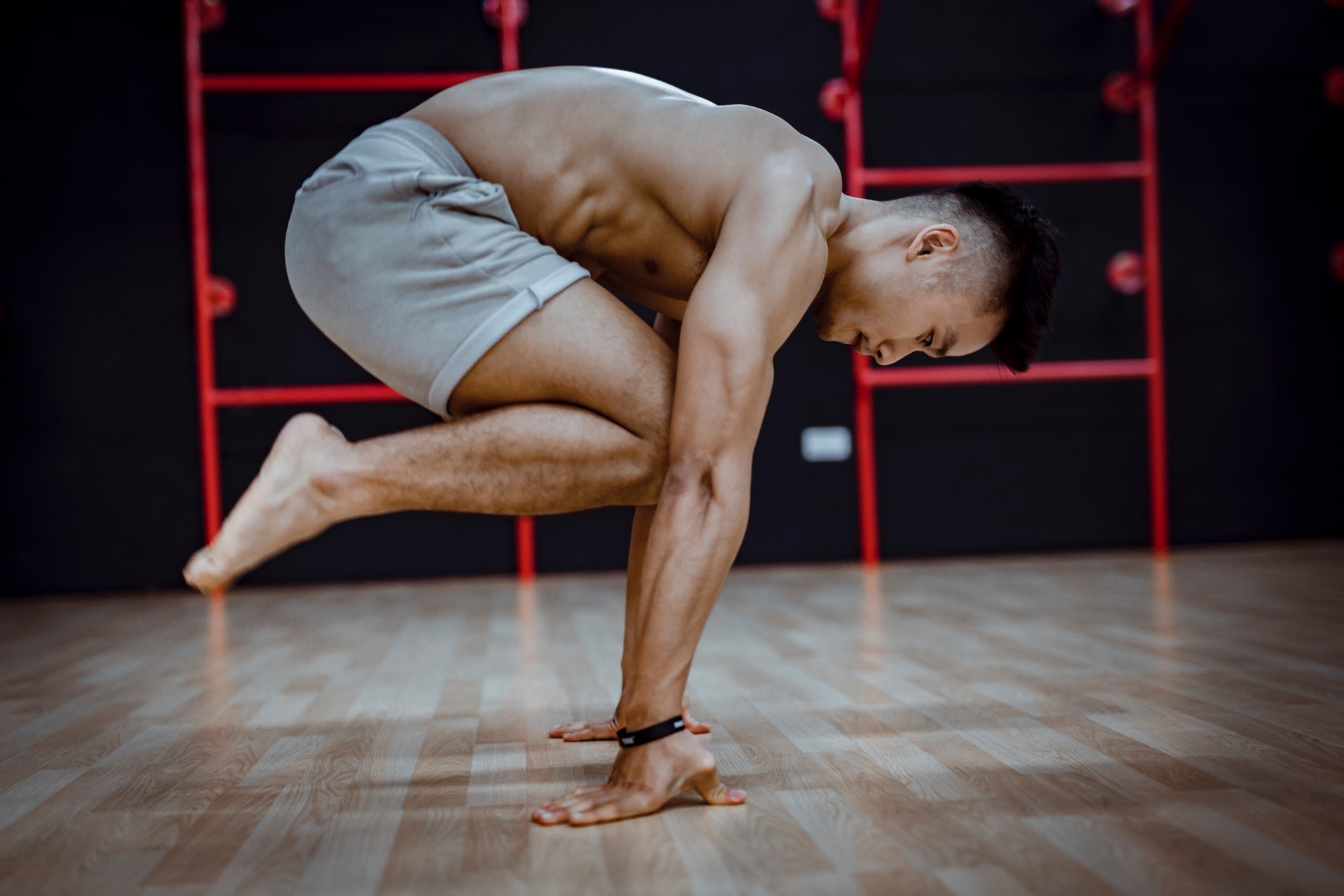Upon arriving at the hotel in Dubai, the businessman had a porter carry his luggage; I later saw him lifting free weights in the gym.1
– Nassim Nicholas Taleb
Has the ongoing pandemic disrupted your stringent gym routine? Perhaps the obnoxious music and processions of selfie-takers had you cancelling your membership long before the outbreak began. Or maybe you’ve never had any intention of joining a gym (virus or no virus); yet you enjoy exercising (or reluctantly concede that it’s a key component of a healthy lifestyle) and want to find a way to continue doing so.
Whether you’re a self-described ‘gym rat’, reluctant attendee, or complete gymophobe, calisthenics has something to offer.
Advantages of Calisthenics
This article is not intended to dissuade you from going to the gym. If you like your gym and remain able to go, by all means, continue doing so. The gym can be a great way to develop social connections with people who share similar goals. It also provides access to equipment difficult to find elsewhere. Lastly, for many people, a gym membership serves as a form of accountability because it requires one to have (financial) skin in the game – which can motivate people to keep exercising when they otherwise would’ve given up. That said, the gym is not without its drawbacks.
Firstly, gyms can be expensive. They can also require a lengthy commute. And once there, you may be disappointed to find the equipment you planned to use is occupied (or drenched in sweat). Whether your reasons for avoiding the gym are circumstantial or merely aesthetic, calisthenics is a great alternative.
For starters, calisthenics is basically free. It’s true that for certain movements, it helps to have some basic equipment (e.g. a pull-up bar). But really, to get started you only need two things: gravity, and the motivation to resist its pull.
Unlike a gym routine, calisthenics can be done almost anywhere. Obviously, if you reside in a quarantined area, you will likely be exercising at home, but there are also plenty of parks that feature bars perfect for calisthenics (just remember to wash your hands after using them!).
To get started you only need two things: gravity, and the motivation to resist its pull.
Because calisthenics can be done almost anywhere, and because the movements can be customised to suit your specific needs, it’s very easy to begin implementing small sets of push-ups, pull-ups, etc., throughout your day.
Personally, I enjoy combining my timer tool with short calisthenics stints. When I first started, I began with a 10 minute timer, aiming to complete 100 push-ups within my allotted time, or 10 push-ups per minute. This was pretty challenging on my first try. But I was surprised at how quickly my body adapted. Now, I can comfortably perform 100 archer push-ups in under 10 minutes or 200 standard push-ups within 20 minutes.
The specific numbers aren’t all that important. The point is, even if you start small (e.g. 10 minutes/3 times a week), you can make rapid progress.
Calisthenics 101

Calisthenics2 (also known as body-weight exercises or resistance training) refers to a group of movements that utilise one’s own body-weight. The basic movements include pushing, pulling, squatting, and hinging. With only these four types of movements, you can create an almost endless variety of custom workout routines.
Here’s an overview of common exercises related to each movement type.
Push
Push movements involve variants of push-ups and dips. If you struggle to do even a few standard push-ups, start with your knees on the floor to reduce the amount of weight you’re pushing against. Once you’ve mastered standard push-ups, you can try more advanced variants including archer push-ups and one-armed push-ups.
Pull
Pulling movements involve variants of pull-ups and chin-ups. When starting out, these are the only movements for which you may want to purchase some equipment (e.g. a pull-up or dip bar). If a basic pull-up or chin-up is too difficult for you, start underneath a dip bar so that your feet can touch the floor and release some of your weight; from here, you can pull yourself up. After mastering this movement, feel free to start experimenting with a pull-up bar.
Squat
Squat movements include standard squats and more advanced variants such as hop squats and lunges. You can also try one-legged squats, for an even greater challenge.
Hinge
Hinge movements cultivate core strength and include lying leg raises and sit-ups. To increase the difficulty level, you can try leg raises done whilst hanging from a pull-up bar.
Video demonstrations of each movement type can be found here and below.
Ready?
To sum up, whether you’re currently in the midst of a pandemic-induced lockdown without access to a gym, or are just looking for a simple and effective gym substitute, calisthenics is an incredibly cheap, versatile, and beginner-friendly alternative.
Now drop and give me twenty.
Add-on: If you’d like to increase your flexibility and bolster your calisthenics training, consider adding in some yoga – which can also be done from home.




